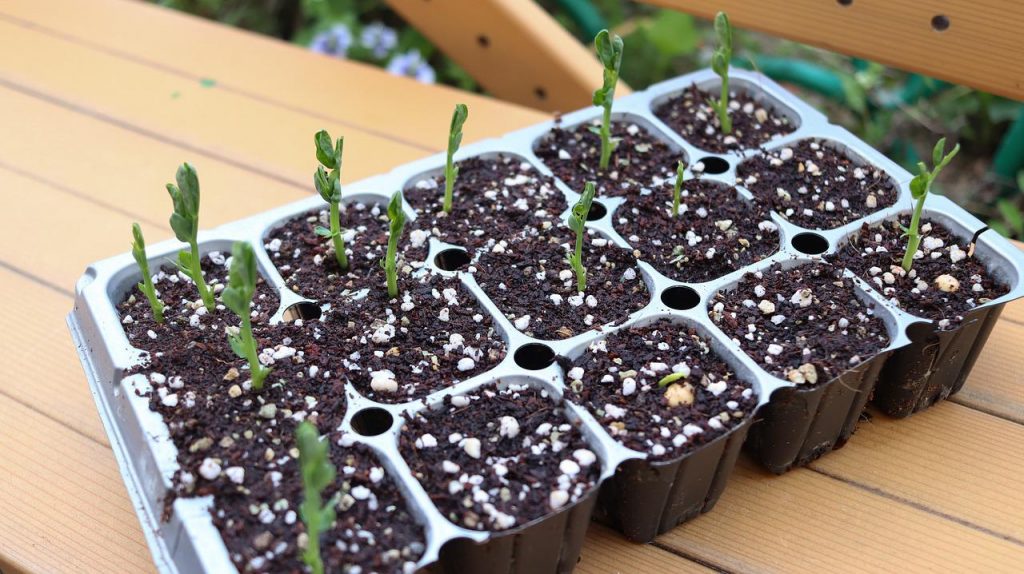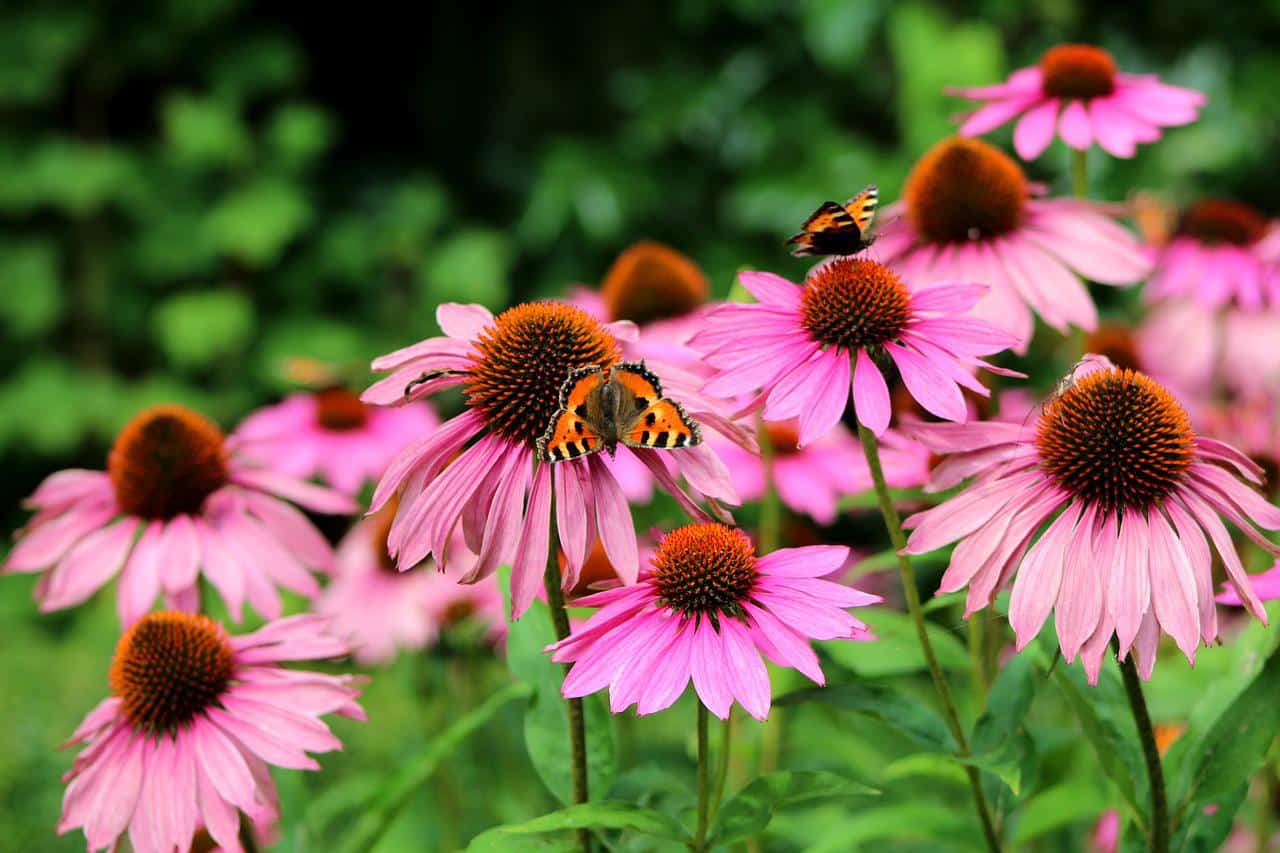Echinacea belongs to the daisy family and is a sight for the sore eyes! It is a perennial plant which means that it lives for more than two years. Echinacea is also the easiest perennial plant you can grow from seed. If you have a home garden, having echinacea in it is a must because these flowers elevate the beauty of the area it is grown in. Many birds and butterflies find echinacea to be an important source of nectar. So not only will your garden be a sight of beauty with these flowers, but you should also expect some pleasant visitors once these flowers are grown!
Echinacea Immune Boosting Benefits
If you grow echinacea in your garden, you have everything to gain and nothing to lose! Echinacea is the most common variety of coneflower and blooms from July to September. This flower is native to North America and you will find it in almost every flower bed. These flowers do not just provide a beautiful display, but echinacea can also boost one’s immune system. Herbalists often recommend this flower as it can shorten the duration of cold and flu. Echinacea tea is also often consumed by people to fight off any infections or viruses.
What is great about echinacea is that it is very adaptable to its surroundings. This plant prefers rich soil and sunlight and can grow from direct seeding. It has the ability to tolerate any light frost and will bloom from midsummer to fall.
A Quick Guide to Growing Echinacea from Seed
If you are meaning to grow echinacea in your home, here are some important tips you should follow!
Things You Will Need to Grow Echinacea
- Echinacea Seeds
- GORGEOUS - Who doesnt love a bright, happy flower bed of echinacea flowers?
- PERENNIAL - Beautiful perennial flower you can enjoy in your garden year after year.
- ATTRACT POLLINATORS - Bring pollinators into your fruit, vegetable and flower garden with these coneflower plants see
Prices pulled from the Amazon Product Advertising API on:
Product prices and availability are accurate as of the date/time indicated and are subject to change. Any price and availability information displayed on [relevant Amazon Site(s), as applicable] at the time of purchase will apply to the purchase of this product.
- Pot or a plastic container with drainage holes
- Shovel
- Ideal for digging in tough soil
- Welded 14-gauge hardened steel blade and 18-gauge steel shaft provide durability that far outlasts wood-handled tools and won’t flex like fiberglass
- Sharpened blade makes it easy to penetrate tough soil or break up hardened dirt clods
- Length: 57.5 inc
Prices pulled from the Amazon Product Advertising API on:
Product prices and availability are accurate as of the date/time indicated and are subject to change. Any price and availability information displayed on [relevant Amazon Site(s), as applicable] at the time of purchase will apply to the purchase of this product.
- Potting soil
- A watering can or a spray bottle
- Material: high quality PP, thick wall of the kettle, anti-fall and compression, not easy to age, durable
- The nozzle is detachable and can be switched to water column irrigation for free conversion.
- The water outlets are evenly and orderly arranged, and the large-diameter water inlet can be used to inject water quickly and conveniently.
Prices pulled from the Amazon Product Advertising API on:
Product prices and availability are accurate as of the date/time indicated and are subject to change. Any price and availability information displayed on [relevant Amazon Site(s), as applicable] at the time of purchase will apply to the purchase of this product.
When to Plant Echinacea
It is important to know when a seed should be planted. For echinacea, you should plant it half an inch deep into the soil when a soil frost is possible. It means that spring is a good season for you to plant your echinacea. You can choose to plant the seeds either indoors in pots, or outdoor in your garden.
Getting Started Planting Echinacea
For the seeds, the soil needs to be moist but also not drenched in water. You can spray water on the soil as you add it into a pot. After you have bought your seeds, place 3 4 of them in the pot, and be sure to press them firmly after planting. The seeds need their morning sun and moisture, therefore, choose an appropriate place in your house where the pot can receive both. Echinacea seeds require a cold and moist period for germination.
How Long Does it Take to Grow Echinacea From Seed?
Usually, the echinacea seeds begin to germinate in 2 to 3 weeks in favorable conditions. Until the seedlings are tall enough, you will need to care for them as this is an important stage for the seeds.
Transplanting Echinacea Seedlings

If you have planted the seeds in pots, you will need to transplant them once the seedlings are grown. Ideally, your seedlings should be 3 to 4 inches tall at the time of transplanting. Transplanting the seedling in summer is possible but you will need to give it extra water especially if there is a risk of drought. Similarly, planting in winter is also favorable as long as the ground is not frozen.
Choose the place in your garden where you want your echinacea plants to be, and dig a hole. Add compost to the bottom of the hole and mix it. Water the hole and wait for it to drain as too much water will not be good for the seedling. After the hole is ready, plant your seedling and pack it inside the soil firmly. One thing you should keep in mind is that echinaceas hate to be moved as they develop taproots. So, whichever spot you choose for your echinacea plants, choose it wisely.










